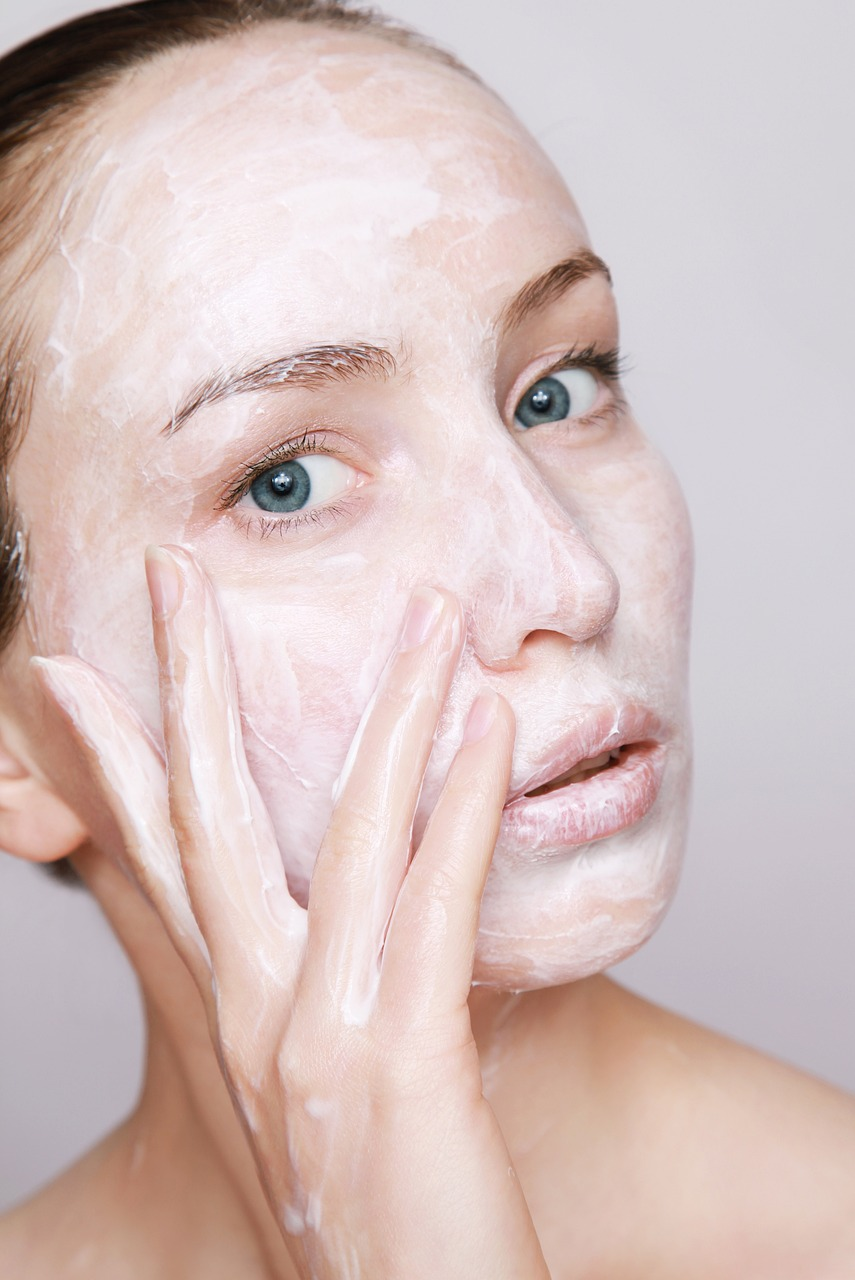
Demystifying Hypoallergenic Claims: What to Look for in Product Labels
Consumers are becoming increasingly conscious about the products they use, especially when it comes to their health and well-being. One term that frequently appears on product labels and advertisements is “hypoallergenic.” But what does this term really mean, and how can consumers decipher whether a product lives up to its hypoallergenic claim? In this article, we will demystify the concept of hypoallergenic skin care products and guide you on what to look for when deciphering these claims on product labels.
The Basics of Hypoallergenic
In recent years, consumers have become increasingly aware of the products they consume, particularly when it concerns their health and wellbeing. One of the terms that are commonly used in product labelling and advertising is “hypo-allergenic.” However, what does this phrase mean and how do consumers determine if a product meets its hypo-allergen claim? This article will shed light on the topic and provide guidance on how to interpret the claims made on product labels.
A Closer Looks in Ingredients
The first step in assessing a product’s claim of hypoallergenicity is to review its ingredient list. It is important to identify products that contain fewer ingredients that may be potentially allergenic. Allergenic ingredients, such as fragrances, synthetic dyes, artificial parabens, sulphates, and preservatives, can cause allergic reactions in individuals who are sensitive to them. If a product has a hypo-allergenic claim but still contains a long list of dubious ingredients, it is likely to be a warning sign.
Patch Testing is Your Best Friend
Before adding a new product to your skincare products routine or daily routine, it is recommended to perform a patch test. A small portion of the product should be applied to a discrete area of the skin (e.g., behind the ear or on the inner forearm). For 24-48 hours, the area should be monitored for any signs of reddening, itching, swelling or irritation. If there are no adverse reactions, the product is considered to be suitable for the skin.
Dermatologist-Tested and Clinically-Proven
Dermatology-tested and clinically-proven Australian skincare products carry more weight because they have been dermatologically evaluated by dermatologists. Dermatology-tested products are evaluated by dermatologists to determine whether they may cause allergic reactions (allergic reactions) or irritations (irritations). Clinical-proven products are clinically-proven products that have been studied under controlled conditions to confirm their hypo-allergenic claim. These product designations increase the credibility of a product’s claim and give consumers more confidence.
Allergy-Tested vs. Hypoallergenic: Is There a Difference?

It is easy to mistake the terms “allergy tested” and “hypo-allergenic”. Both terms refer to a degree of sensitivity, however, they are not interchangeable. An allergy-tested product has been tested to determine whether it is likely to cause an allergic reaction, however, it may not be completely free of allergens. In contrast, a hypo allergenic product is designed to reduce the risk of an allergic reaction, thus making it a more suitable option for individuals with sensitive skin.
Seeking Third-Party Certifications
Some brands even go so far as to get certified by third-party organisations to make sure their products meet certain standards and have been reviewed by experts. This is a great way to increase transparency and build trust with consumers. Make sure you look for certifications from good organisations like the national eczema association or the skin health alliance. This way, you can be sure your product meets the hypoallergen claim.
Final Thoughts
As consumers become increasingly conscious of the products they consume, it is essential to comprehend the significance of terms such as “hypo-allergenic”. Although the term is not standardised, it is possible to make informed choices by reviewing ingredient lists, patch testing, and searching for products with dermatological or clinical claims. It is important to note that a hypo-allergen claim should only be one element in the equation, and should be taken into account in conjunction with other factors such as the skin type of the consumer and any sensitivities they may have. By being well-informed and vigilant, consumers can make sure that the products they purchase are in line with their skin’s individual needs and preferences.


